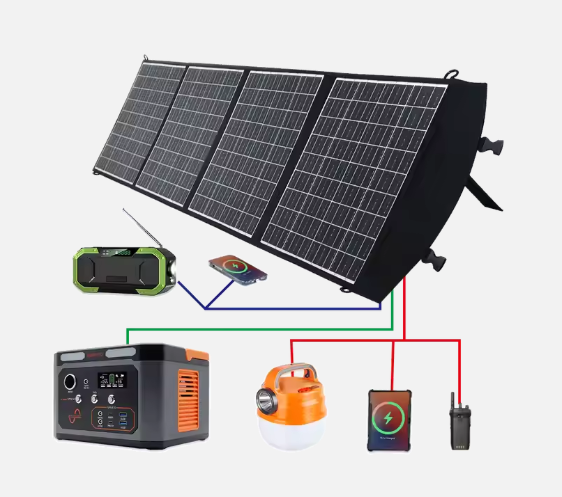Are folding solar panels safe? Can they leak or overheat?
by
Are folding solar panels safe? Can they leak or overheat?
Worried about your folding solar panels malfunctioning during an adventurous outdoor trip? Safety concerns are valid, but understanding their design can put your mind at ease.
Folding solar panels are generally safe when used correctly, with built-in safeguards to prevent leaks and overheating. Quality panels include temperature regulation and durable, waterproof materials to minimize risks.
Before you hit the road with your portable solar setup, let’s dive deeper into how manufacturers ensure these panels are reliable and what you can do to maximize safety.
Are they lightweight but sturdy? Can they withstand harsh outdoor environments?
Struggling to find solar gear that balances portability with durability? You’re not alone—outdoor enthusiasts need panels tough enough for extreme conditions.
High-quality folding solar panels are designed to be both lightweight and sturdy, using materials like ETFE-coated polyester or tempered glass to resist wind, rain, and rough handling.
Key Factors in Durability
-
Material Choices
- ETFE (Ethylene Tetrafluoroethylene): A lightweight polymer that’s scratch-resistant and highly transparent for optimal sunlight absorption.
- Tempered Glass: Used in some rigid panels; heavier but more impact-resistant.
-
Weatherproof Ratings
Look for panels with:- IP67 or IP68 ratings (waterproof and dustproof).
- High UV resistance to prevent degradation.
| Feature | Benefit | Example Materials |
|---|---|---|
| Waterproofing | Survives rain, spills | Silicone seals |
| Wind Resistance | Stays intact in strong gusts | Reinforced hinge design |
- Harsh Environment Testing
Reputable brands test panels for:- Extreme temperatures (-20°C to 60°C).
- Sand and dust exposure (critical for desert hikes).
Anecdotally, I once left a panel on a rocky beach during a storm—it was fine, but sand in the hinges required a rinse. Pro Tip: Store panels with hinge covers to avoid grit buildup.
How to unfold and store the folded solar panel properly? Will it be easily damaged?
Ever rushed to pack your solar panel and later found a cracked connector? Proper handling is key to avoiding costly mistakes.
To safely unfold/store folding solar panels: 1) Lay flat before unfolding, 2) Avoid sharp bends, 3) Clean surfaces before storage, and 4) Use the included protective sleeve. This prevents damage to cells and wiring.
Step-by-Step Care Guide
-
Unfolding:
- Place on a flat surface first to avoid tension on hinges.
- Never force a stuck panel—check for debris.
-
Storage:
- Do’s:
- Fold along original creases.
- Use silica gel packs to prevent moisture.
- Don’ts:
- Stack heavy items on top.
- Store fully expanded (strains the material).
- Do’s:
Common Mistakes:
- Folding with cables trapped (can fray wires).
- Ignoring manufacturer’s “cold weather” guidelines (some adhesives become brittle).
Field Test: A friend’s panel failed after repeated rough folds—reinforcing that gentle handling doubles lifespan.
Is it reliable to use folded solar panel to charge cell phone, laptop, camcorder?
Frustrated by solar chargers that overpromise and underdeliver? You need panels that match your device’s power hunger.
Folding solar panels reliably charge small electronics if they: 1) Have sufficient wattage (e.g., 21W for phones, 60W+ for laptops), 2) Include voltage regulators, and 3) Use efficient sunlight conversion (18–22%).
Charging Compatibility Explained
| Device | Minimum Panel Wattage | Notes |
|---|---|---|
| Smartphone | 10W–21W | USB-output panels work best. |
| Laptop | 60W–100W | Requires DC-to-AC inverter. |
| DSLR/Camcorder | 30W–50W | Check battery voltage compatibility. |
Real-World Scenario: During a week-long trek, my 28W panel charged two phones daily but struggled with a 15-inch MacBook—confirming wattage limits matter.
Pro Tips:
- Avoid shaded areas (even 10% shading cuts output by 50%).
- Angle panels toward the sun every 2 hours.
Conclusion:
Folding solar panels are safe and efficient when chosen wisely—prioritize weather resistance, proper handling, and wattage matching for your devices.
Popular Posts
You may also be interested in:




